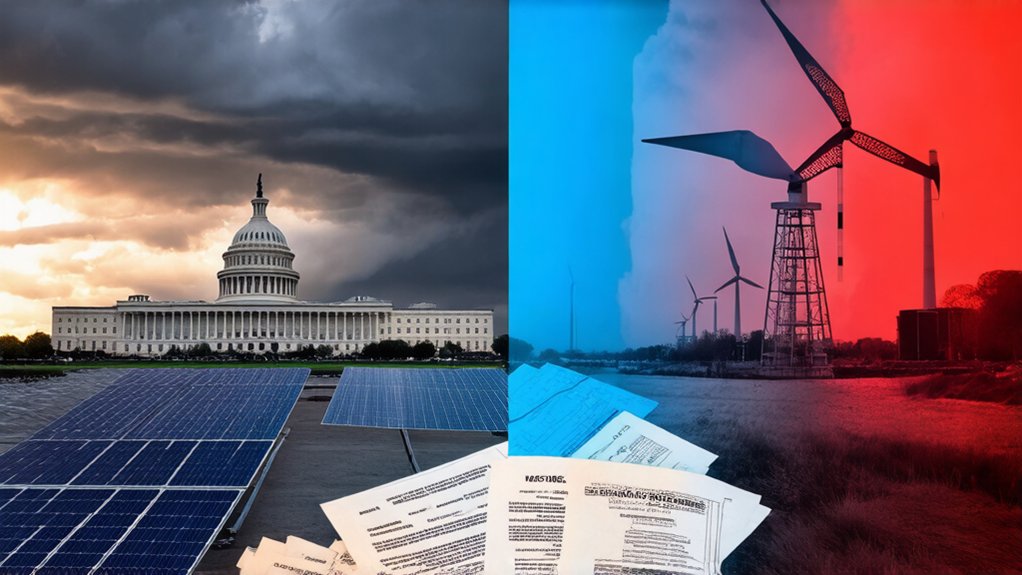While AI promises to revolutionize government operations, it’s crashing headlong into decades of bureaucratic inertia. In theory, automation should make everything faster. In practice? Not so much. Government systems designed in the ’90s don’t exactly play nice with cutting-edge algorithms. Legacy systems just sit there, blocking progress like a stubborn mule.
The tech gap between agencies is making things worse, not better. Larger departments with bigger budgets get the fancy AI tools, while smaller agencies watch from the sidelines. Guess what happens? The power imbalance grows. Those with the tech make the decisions, those without get ignored. Democracy at its finest.
Data quality is another nightmare. AI needs clean, consistent information to function properly. Government data? It’s a mess. Scattered across departments, stored in incompatible formats, protected by conflicting regulations. Good luck making sense of that jumble.
Training is another headache. Who’s teaching Janet from accounting how to use generative AI? Nobody. Most agencies don’t have extensive training programs for these tools. Employees either figure it out themselves or, more likely, avoid using them altogether.
The compliance burden doesn’t help either. Government workers already spend ridiculous hours on mandatory reporting. Now add AI compliance to the mix. More forms, more approvals, less time for actual work. Brilliant.
Decision-making gets murkier too. When an AI system recommends a course of action during a crisis, which department gets final say? The one that built the system? The one with the most at stake? It’s unclear, and unclear means gridlock.
Let’s be honest. AI could drastically improve government efficiency – automating repetitive tasks, speeding up patent processing, enhancing service delivery. The potential is enormous. Federal agencies have already disclosed 1,757 AI use cases in 2024, showing the growing appetite for these technologies.
But without addressing the underlying structural issues – outdated systems, training gaps, regulatory tangles – AI might just make bureaucracy more efficient at being inefficient. And isn’t that just what we all need?
The integration of AI tools has the potential to shift power dynamics within national security processes, potentially creating further bureaucratic friction as agencies vie for control over increasingly influential technology resources.




